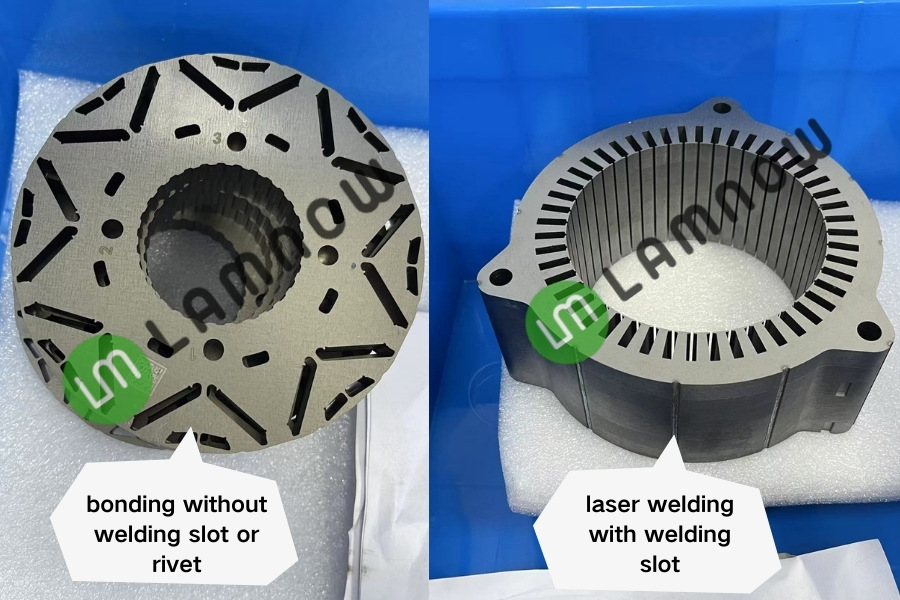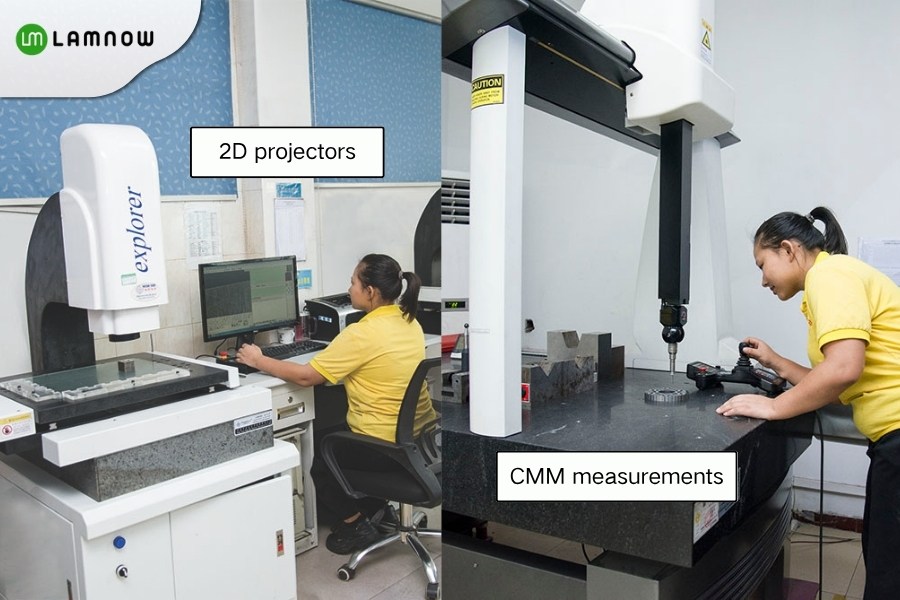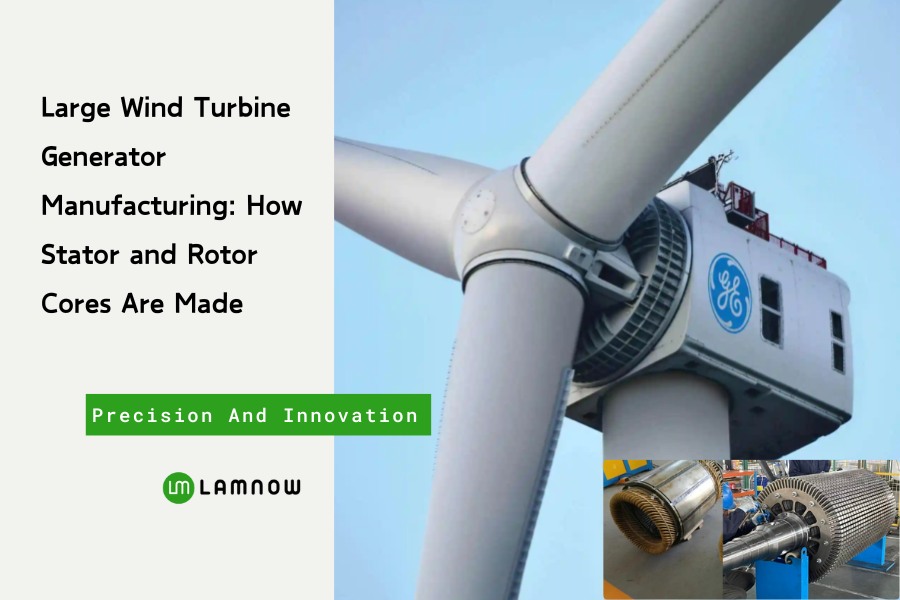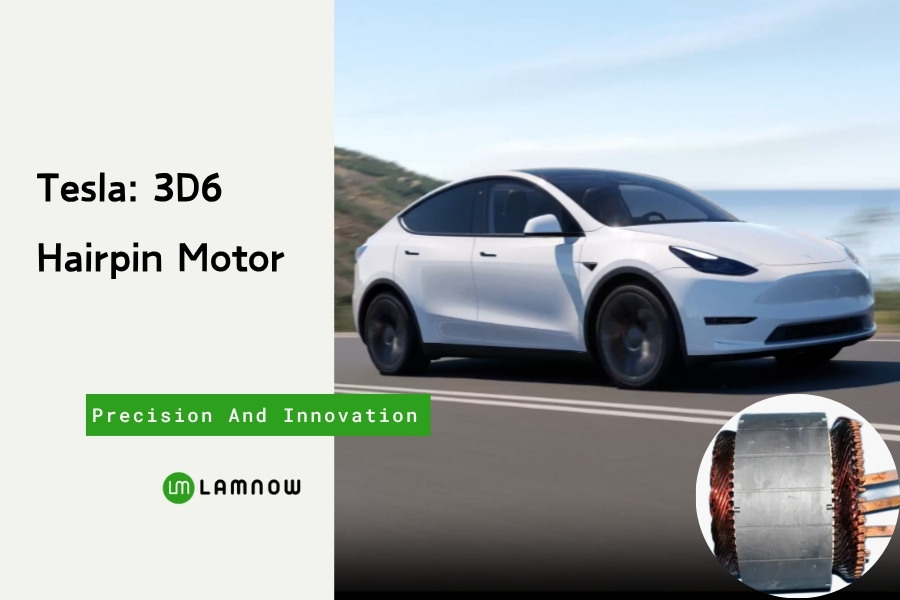Have you ever wondered how the stator and rotor cores of a motor are manufactured step by step before mass production officially begins? In this article, we will explore the manufacturing process of prototype motor cores, highlight their advantages, and analyze their wide range of applications.

Why is Motor Core Prototyping Necessary?
In motor development, the prototyping stage serves as a vital bridge between design and mass production. Prototyping not only verifies the structure, dimensions, and assembly compatibility of the core but also provides an initial evaluation of the motor’s electromagnetic performance.
If production goes directly into large-scale manufacturing and the design turns out to have issues, the result could be huge waste. Therefore, motor core prototyping is a key step to reduce development risks and ensure the success of mass production.
Drawing and Requirement Confirmation
Customers need to provide complete 2D drawings or 3D models, clearly defining parameters such as the outer diameter, inner diameter, slot shape, and stack height of the motor core.

We will confirm the material grade based on the drawings, such as 0.2mm, 0.27mm, or 0.35mm oriented or non-oriented electrical steel. In addition, we will also confirm the insulation method (epoxy coating) and the assembly method (laser welding, bonding, riveting, etc.).
Raw Material Preparation
Raw materials are the foundation that determines the performance of a motor core. It is necessary to select the right electrical steel sheet to ensure that its grade, thickness, and coating meet customer requirements.

At the prototyping stage, commonly used materials include 0.1mm–0.5mm thin-gauge non-oriented silicon steel, oriented silicon steel, cobalt alloys, and nickel alloys. Common material manufacturers include Baosteel Shougang and Wuhan Iron and Steel
Custom Prototype & Short Run Lamination Processing
In mass production, motor cores are usually produced using high-precision stamping dies. However, in the prototyping stage, since quantities are limited, it is not cost-effective to immediately invest in expensive tooling. Common methods include:
Laser cutting: Highly flexible, suitable for complex slot shapes and small sample quantities.
Wire EDM: High precision with smooth edges, but less efficient.

In addition, for small-batch prototyping, stamping processes such as compound stamping motor stamping can also be used.
Stator And Rotor Lamination Stacking Process
Stacking laminations is one of the most critical steps in prototyping. Common processes include:
Bonding: Using self-bonding steel to avoid mechanical stress and improve core performance.
Laser welding: Strong and reliable, suitable for high-speed motors.
Riveting / key-slot fixing: Simple process with lower cost.

During stacking, it is essential to strictly control the stacking factor and compaction to ensure the accuracy and performance of the motor core.
Stress Relief Annealing
If stamping is used, the process generates stress that reduces the magnetic properties of the material. Stress relief annealing can be applied, heating the laminations in a protective atmosphere to eliminate stress.

After annealing, the magnetic performance of the core improves significantly, and iron losses are reduced. However, since annealing is costly, whether to use it in the prototyping stage depends on customer requirements and application needs.
Dimensional and Performance Testing
Once the sample is completed, strict inspection is required. Key items include:
Using CMM and 2D projectors to measure outer diameter, inner diameter, stack height, slot width, and other critical dimensions.

Using a core loss tester to evaluate metal iron loss and magnetic permeability.
Inspection reports help customers verify whether the prototype meets design expectations and serve as an important reference for future mass production.
Packaging and Delivery
Since prototype quantities are usually small, packaging often uses anti-rust oil (anti-40), anti-rust paper, and EPE foam.

Applications of Prototype Motor Laminations
Electric Vehicles (EVs) Motor
Industry Pump Motor
Compressor Motor
Wind turbine generator
Washing Motor
Robotic Motor
Axial Flux Motor
Home Appliance Motor
Industrial Motor
Electronics Motor

Advantages of Rapid Sample Mnaufacture
Reduce Development Risks
Validate Structure and Assembly
Evaluate Electromagnetic Performance
Accelerate Design Iteration
Support for Small-Batch Applications
Short Lead Time
Lamnow- Prototype Motor Lamination Manufacture Capability
Are you developing a new motor but struggling with how to choose the right prototyping process? We can manufacture various specification motor cores. In our factory, we have laser cutting equipment, wire cutting machine, baking maching, laser welding machine for high-quality prototype.
In addition, we have some public mold to make standard stator and rotor lamination. Ready to discuss your component design? Our engineering can provide technical support and solution. Feel free to contact us anytime, and let’s turn your design into reality!




